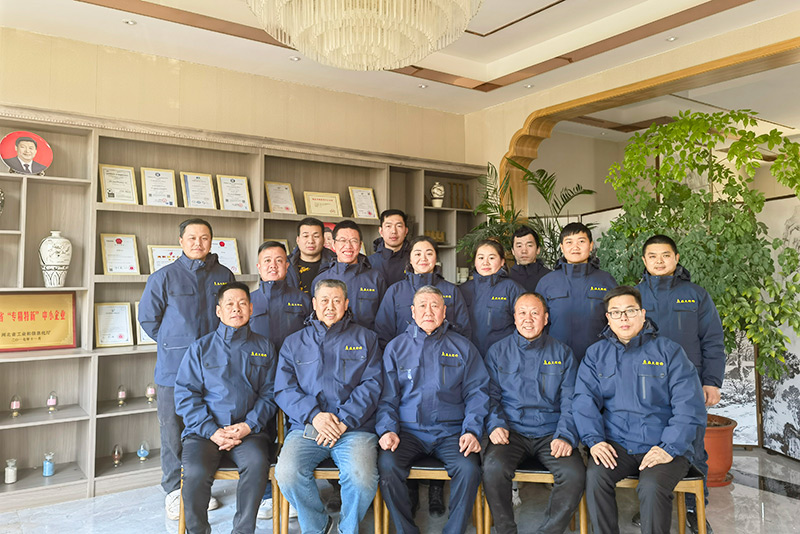Understanding Sand Casting Costs A Comprehensive Overview
Sand casting is a popular manufacturing process used for producing metal parts. Its versatility, cost-effectiveness, and ability to create complex geometries make it a preferred choice in various industries. However, understanding the costs associated with sand casting is crucial for businesses, as it can significantly impact overall project budgets and timelines.
One of the primary factors influencing sand casting costs is the material used for the mold. Sand casting typically utilizes a mixture of sand and a binding agent, which can vary in quality and price. Higher quality sand and binders may result in a smoother, more detailed finish, but they can also increase the overall cost of the project. Additionally, the type of metal being cast plays a significant role; ferrous metals tend to be less expensive than non-ferrous metals.
Another critical factor is the design complexity of the part being produced. Intricate designs often require more extensive tooling and longer production times, directly affecting the cost. Creating a mold that accommodates complex geometries might necessitate additional machining or finishing processes, leading to higher expenses.
sand casting cost

Labor costs are also a significant consideration. Skilled labor is essential in the sand casting process to ensure precision in mold creation and metal pouring. Depending on the region and workforce availability, labor costs can vary widely, influencing the total cost of production. Furthermore, any inefficiencies in the process, such as rejection rates due to defects, can exacerbate labor costs, making it imperative to prioritize quality control.
One cannot overlook overhead costs, including equipment maintenance, utility expenses, and facility costs. Investing in modern, automated machinery can reduce labor costs in the long run but will require higher upfront capital investment. Businesses must balance the benefits of automation against initial expenses when calculating total sand casting costs.
Lastly, economies of scale play a role in cost management. Producing parts in larger quantities often reduces the per-unit cost as fixed costs are distributed over more items. Companies considering sand casting should evaluate their production volume to determine the most cost-effective approach.
In conclusion, while sand casting is a cost-effective manufacturing process, various factors contribute to its overall expense, including material costs, design complexity, labor, overhead, and the production scale. For businesses, understanding these elements is crucial in managing budget expectations and ensuring successful project outcomes. Careful planning and analysis can help harness the benefits of sand casting while controlling costs effectively.
Post time:ئۆكتەبىر . 04, 2024 15:30
Next:advantages and disadvantages of sand casting process
